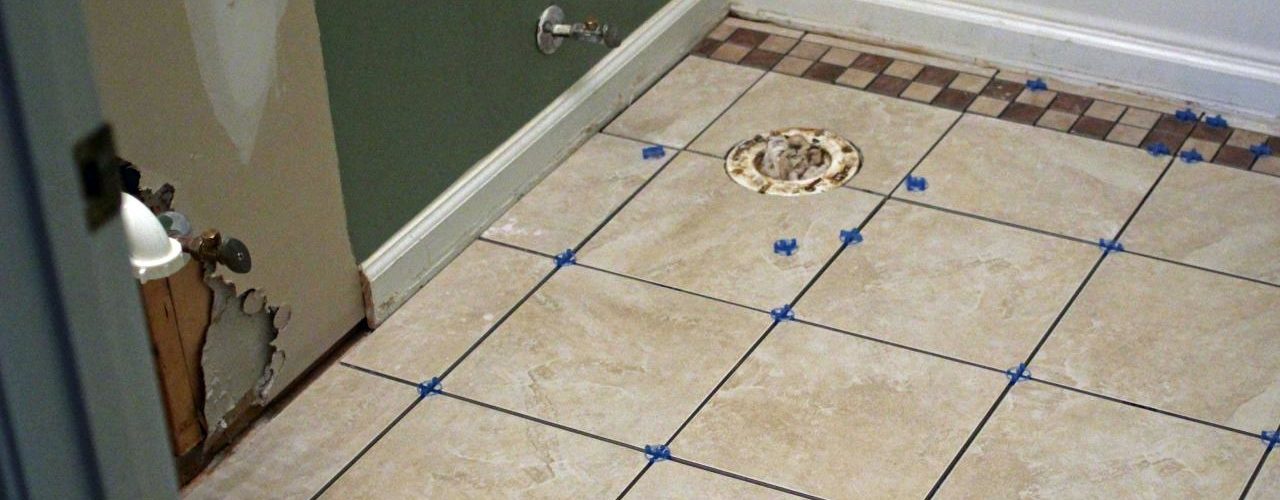Numerous Americans have bathrooms whose floors they would like to cover with tile. This is because tile is a beloved wall covering material, in particular for bathrooms where water and dampness get on the floors. Although it does prove to be slightly more expensive than, for example, linoleum used on floors, having tile in your bathroom certainly improves your home’s value, as well as contributing a high quality and stylish appearance. For those of you who are serious about having tile put in your bathroom, and are contemplating undertaking this significant project on your own (probably in order to save money), you should consider the ideas in this article.
When you are putting in tile on the bathroom floor, you should first address the sub-flooring. This will need to be substantially reinforced before you lay down tile on top of it. The standard method of performing this task lies in putting down a layer of thin set on the sub-floor and covering it (before it dries) with backer board. Then to make certain it is secured, you should utilize screws in order to firmly affix the backer board down to the existing sub floor. Now you have a good strong surface on which to lay your tile.
In advance of starting to lay down the first tiles, you should make two lines of chalk to serve as guidelines. The first chalk line will run from your longest wall to the direct center of the bathroom, in a direction parallel to the wall. The second line will run between the adjoining walls, in a direction perpendicular to the first line. Utilizing the longest wall as your anchoring guideline will lessen the odds of ending up with an uneven floor area.
Now on to the actual tiling. You will want to begin in the middle of the room by putting down a consistent layer of thin set at the originating point. Make sure that you always have good visibility of the chalk line to use as a reference point. You will want to employ the trowel’s notched edge in order to evenly spread out the thin set so that it is about one quarter of an inch in thickness.
Put the first tile at the intersection of the two guidelines, which ought to be in the corner of them. Work it into the thin set, then place several spacers on all sides, if you want to. Put down additional tiles, making sure that they are perfectly even with the first tiles, as well as with the guidelines.
Keep tiling as outlined previously until you get to the wall’s edge. Then you must first measure and then cut the outermost tiles to fit in the remaining area. You will utilize a tile saw for this task. Make sure that you wait a full twenty-four hours to allow the tiles to properly set, before you start your grouting procedures.
After the tiles have fully set, it is time to mix up your grouting batch by following the instructions on the grout packaging. If you opted for non-sanded grout, then it likely came already mixed for you. Spread out the grout between the various tiles with a grout float. Allow your grout to stay undisturbed for twenty to thirty minutes, before removing the extra grout using a moist cloth or sponge. After the grout has totally dried, wipe off the tiles themselves using a dry cloth, so that you may take off any haze caused by the grout application. You should finally ensure that you spray your grout to keep stains from setting in, using a sealer to complete this task.



